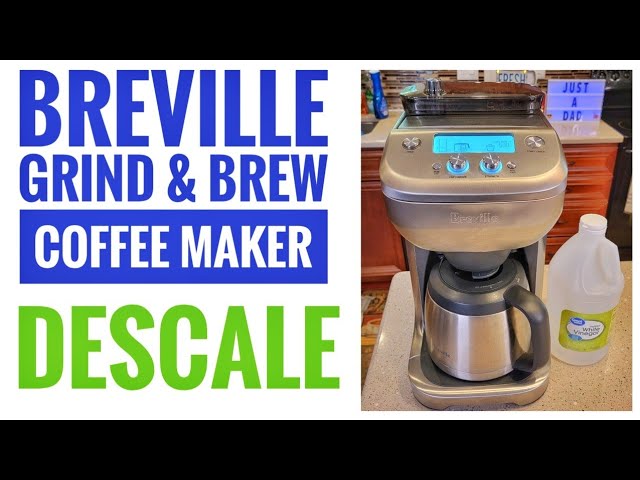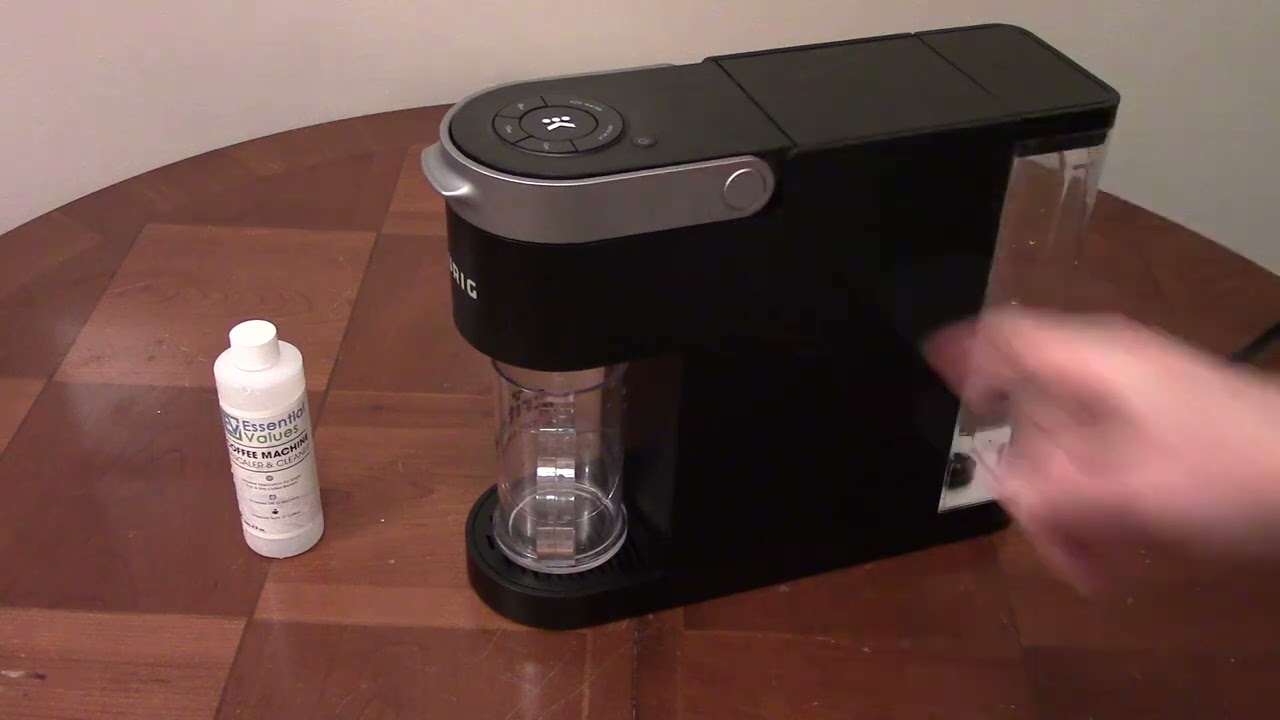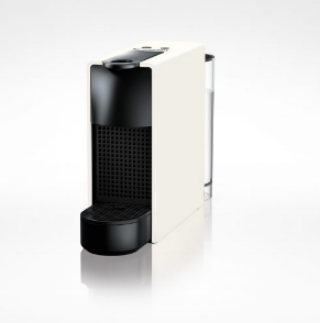Effortless Dishwasher Descaling: A Step-by-Step Guide
Purchasing products via the links in our article may result in us earning a commission, but rest assured, this does not influence our editorial independence.
As a homeowner who relies on my dishwasher to handle the daily load of dirty dishes, I understand the importance of regular maintenance to keep it running smoothly.
One crucial aspect of dishwasher maintenance is descaling, a process that removes the buildup of mineral deposits that can affect the performance and efficiency of the dishwasher.
In this article, I will guide you through the step-by-step process of effortless dishwasher descaling, sharing my own experiences and offering valuable tips along the way.
Understanding Dishwasher Scaling
Before we delve into the descaling process, it’s important to understand what scaling is and how it can impact your dishwasher.
Scaling occurs when minerals, such as calcium and magnesium, in your water supply accumulate on the internal components of the dishwasher. Over time, this buildup can lead to clogged spray arms, reduced water flow, and inefficient cleaning.
You may notice signs of scaling in your dishwasher, such as spots or film on your dishes, a lingering mineral smell, or decreased cleaning performance. These issues can be frustrating, but they can be easily resolved through regular descaling.
Preparation for Dishwasher Descaling
To ensure a successful descaling process, it’s essential to gather the necessary supplies and take some safety precautions. Before starting, make sure you have the following items on hand:
- Descaling solution: There are various commercial descaling products available on the market, or you can opt for a natural alternative like vinegar or citric acid. Choose a solution that is compatible with your dishwasher model.
- Protective gloves: It’s important to protect your hands from any potential irritation or chemical exposure during the descaling process.
- Cleaning cloth or sponge: You’ll need a cloth or sponge to wipe down the interior of the dishwasher.
- Safety goggles: Although not mandatory, safety goggles can provide an extra layer of protection for your eyes.
Before beginning the descaling process, it’s crucial to empty and clean the dishwasher. Remove any dishes, racks, or utensil holders and give them a thorough cleaning using warm, soapy water. This ensures that the descaling solution can effectively reach all parts of the dishwasher.
Step-by-Step Dishwasher Descaling Process
Now that we’re ready to start the descaling process, let’s go through it step by step:
Step 1: Removing any visible debris
Before applying the descaling solution, check for any visible debris or food particles in the dishwasher. Remove them manually to ensure they don’t interfere with the descaling process.
Step 2: Preparing the descaling solution
Follow the instructions on the descaling solution packaging to prepare the solution. If you’re using vinegar or citric acid, mix them with water in the recommended ratio. Be sure to wear protective gloves when handling any descaling solution.
Step 3: Applying the descaling solution
Pour the descaling solution into the dishwasher. Ensure that all the internal surfaces, including the spray arms, filters, and sides, are coated with the solution. Use a cloth or sponge to spread the solution evenly.
Step 4: Allowing the solution to sit
Let the descaling solution sit in the dishwasher for the recommended amount of time. This allows it to penetrate and dissolve the mineral deposits effectively. Refer to the instructions provided with your chosen descaling solution for the appropriate duration.
Step 5: Running a descaling cycle
After the solution has had enough time to work its magic, it’s time to run a descaling cycle. Follow the manufacturer’s instructions for your dishwasher model to initiate the descaling cycle. This cycle will circulate the solution throughout the dishwasher, ensuring a thorough cleaning.
Step 6: Clearing residual solution
Once the descaling cycle is complete, open the dishwasher and thoroughly rinse away any residual descaling solution. Use a cloth or sponge to wipe down the interior and ensure no solution remains.
Post-Descaling Care and Maintenance
Congratulations! You’ve successfully descaled your dishwasher. However, the process doesn’t end here. To maintain the efficiency and longevity of your dishwasher, there are a few additional steps you should take:
- Cleaning dishwasher filters: Regularly clean and remove any debris from the dishwasher filters. Clogged filters can hinder water flow and affect the dishwasher’s performance.
- Regular maintenance practices: In addition to descaling, follow the manufacturer’s guidelines for regular maintenance tasks such as cleaning the spray arms, checking the seals, and inspecting the drain.
- Preventing scaling in the future: To minimize future scaling, consider using a water softener or installing a water conditioner. These devices can help reduce mineral buildup in your dishwasher and other household appliances.
Frequently Asked Questions (FAQs)
How often should I descale my dishwasher?
- Descaling frequency depends on the hardness of your water supply and dishwasher usage. As a general guideline, descale your dishwasher every three to six months.
Can I use vinegar as a descaling agent?
- Yes, vinegar can be an effective natural descaling agent. However, it may not be as potent as commercial descaling solutions, especially for severe scaling.
Is it necessary to use a specific descaling solution?
- While using a specific descaling solution is recommended, natural alternatives like vinegar or citric acid can also be effective. Just ensure they are compatible with your dishwasher model.
How long should I let the descaling solution sit in the dishwasher?
- The recommended duration varies depending on the descaling solution and the severity of scaling. Refer to the instructions provided by the manufacturer of your chosen descaling solution.
Can I use the dishwasher during the descaling process?
- No, it is not recommended to use the dishwasher while it is undergoing the descaling process. The solution needs time to dissolve the mineral deposits, and running the dishwasher can hinder this process.
What should I do if the scaling persists after descaling?
- If scaling persists even after descaling, you may need to repeat the process or consider using a more potent descaling solution. Alternatively, consult a professional for further assistance.
Are there any natural alternatives to commercial descaling products?
- Yes, vinegar and citric acid are popular natural alternatives to commercial descaling products. They can effectively dissolve mineral deposits and are environmentally friendly.
Can I descale the dishwasher using citric acid?
- Yes, citric acid is a commonly used descaling agent. It is effective in removing mineral deposits and is safe to use in dishwashers.
Is it safe to descale a dishwasher on my own?
- Yes, descaling a dishwasher is safe to do on your own as long as you follow the instructions and safety precautions. However, if you’re unsure or uncomfortable, it’s always best to consult a professional.
Can scaling damage the dishwasher irreversibly?
- Yes, if scaling is left untreated for an extended period, it can cause irreversible damage to the dishwasher’s internal components, leading to costly repairs or the need for a replacement.
Remember, regular descaling is key to maintaining the efficiency and longevity of your dishwasher. By following this step-by-step guide and incorporating the tips shared here, you can effortlessly keep your dishwasher in optimal condition and enjoy sparkling clean dishes every time.
Michael Smith
Michael Smith is a chemical engineer who specializes in water treatment and descaling solutions. He has a wealth of knowledge on the science behind descaling and the various methods and products available. He is dedicated to educating others on the importance of descaling and maintaining their appliances through his blog, Descaler Genius.




